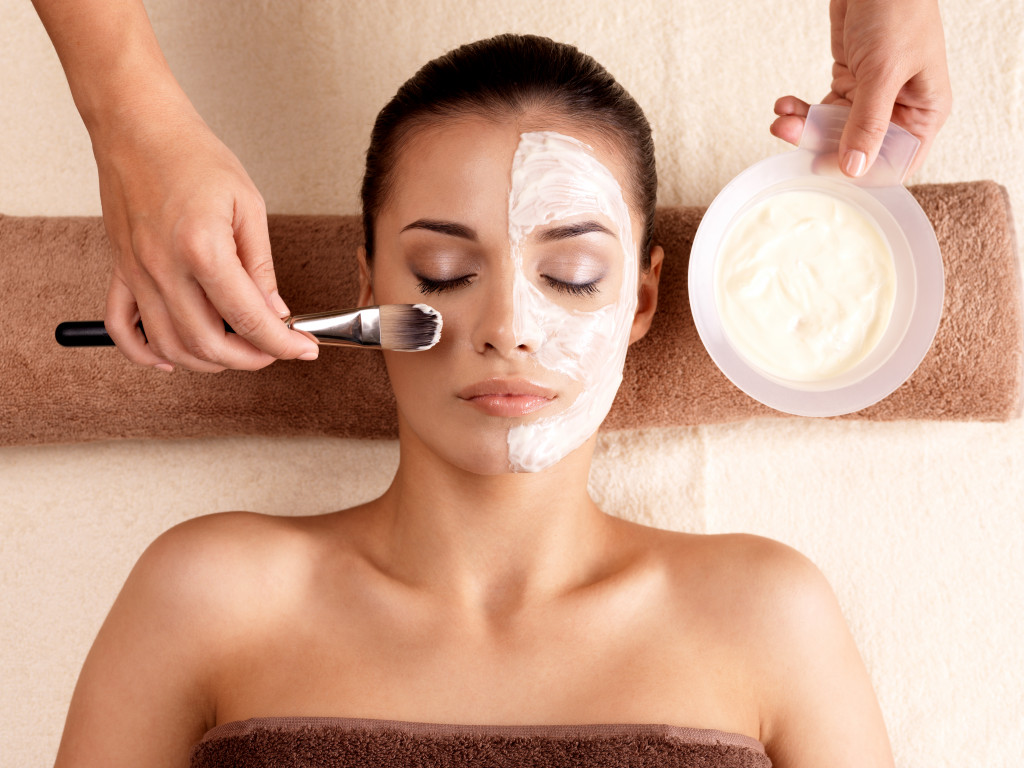Women have been interested in learning beauty techniques for centuries. Whether learning how to apply makeup correctly or getting a haircut that makes them look their best, women always look for ways to improve their appearance. In today’s world, there are more options than ever before regarding beauty training. You can choose from various programs that will train you and make you credible for certification.
There are a few reasons why you might be interested in learning beauty techniques. Perhaps you want to do it yourself so you can save money in the long run. Maybe you’re just starting as a hairstylist or makeup artist and need some formal training. Or, perhaps you’re simply interested in learning more about the industry and what goes into making people look their best.
No matter what your reasons are, there are plenty of beauty training programs out there that can help you achieve your goals. Here are just a few examples:
Aesthetician Training
One of the most popular beauty training routes is to become an aesthetician. Aestheticians are responsible for providing a range of services that improve the appearance and health of the skin. Treatments might include facials, hot stone therapy, microdermabrasion, chemical peels, body wraps, spray tans, and waxing.
Moreover, many aestheticians also work as makeup artists. That means they not only know how to perform all the treatments previously mentioned, but they also know how to apply makeup to enhance someone’s features. Being an aesthetician can serve as your foundation for opening up more opportunities to learn specializations or earn more skin-related treatment certifications, which you can add to your array of services.
Cosmetology Training
Receiving cosmetology training teaches you everything you need to know about using products and techniques for hairstyling, makeup, nail care, and skincare.
Some cosmetology hair care services include haircuts, color, perms, and Brazilian blowouts. They also offer styling services such as braids, updos, and other hairdos that clients may need for special occasions. In addition, they have also trained the right techniques for applying makeup to best enhance their client’s features.
Cosmetologists also provide nail care treatments such as manicures, pedicures, and nail enhancements. Manicures involve filing, shaping, and painting the nails. Pedicures include a foot soak, shaping and filing of the nails, and a massage. Nail enhancements can be anything from acrylic nails to gel nails.
Although cosmetologists can’t offer the same extensive list of skin-related treatments that aestheticians do, they can still offer simpler skin care services such as facials and waxing.
Eyelash Extensions Specialist
Eyelash extension specialists are responsible for applying eyelashes to clients’ eyelids. However, they are slightly different from false lashes often used when doing makeup. False eyelashes are applied to the lash line with adhesive, whereas eyelash extensions are attached to individual lashes with a longer-lasting glue.
These specialists must also ensure that the lashes look natural and are comfortable for the client. They are knowledgeable about the different lash types and what would look best in their client’s eyes. They may also be responsible for removing the lashes at the end of the treatment. False lashes might only last until you clear your makeup, but extensions last for as long as 6 to 8 weeks.

PDO Thread Lift Certification
PDO thread lifts are a non-surgical procedure where the specialist can help clients lift and tighten their skin with Polydioxanone (PDO) threads. Getting certified through learning the proper PDO techniques will allow you to perform the PDO thread lift procedure on your clients. While the results from a PDO thread lift may not be permanent, they can last significantly longer than other procedures like Botox or filler injections.
PDO threads are dissolvable sutures that tighten saggy facial skin. The procedure’s effects last six months and a year, after which the threads will dissolve on their own, and clients will require reapplication.
Permanent Makeup Artist Certification
Although permanent makeup artists are sometimes called cosmetic tattoo artists, permanent makeup ink fades over time, unlike regular tattoos that are more permanent.
Permanent makeup is applied using a needle and can be used to enhance features such as eyebrows, eyelashes, lips, and hairlines. The pigment is implanted just below the skin’s surface, and because it uses natural colors, it can match your skin tone. Permanent makeup can last between 3 and 5 years.
Permanent makeup artists usually have a background in cosmetology or aesthetics and must complete an additional permanent makeup certification program before practicing.
The next time you’re feeling inspired to do something new with your beauty look, consider one of the many types of beauty training available. Whether you’re doing it for yourself or to provide more services to your clients, either way, these techniques can add to your beauty repertoire.




